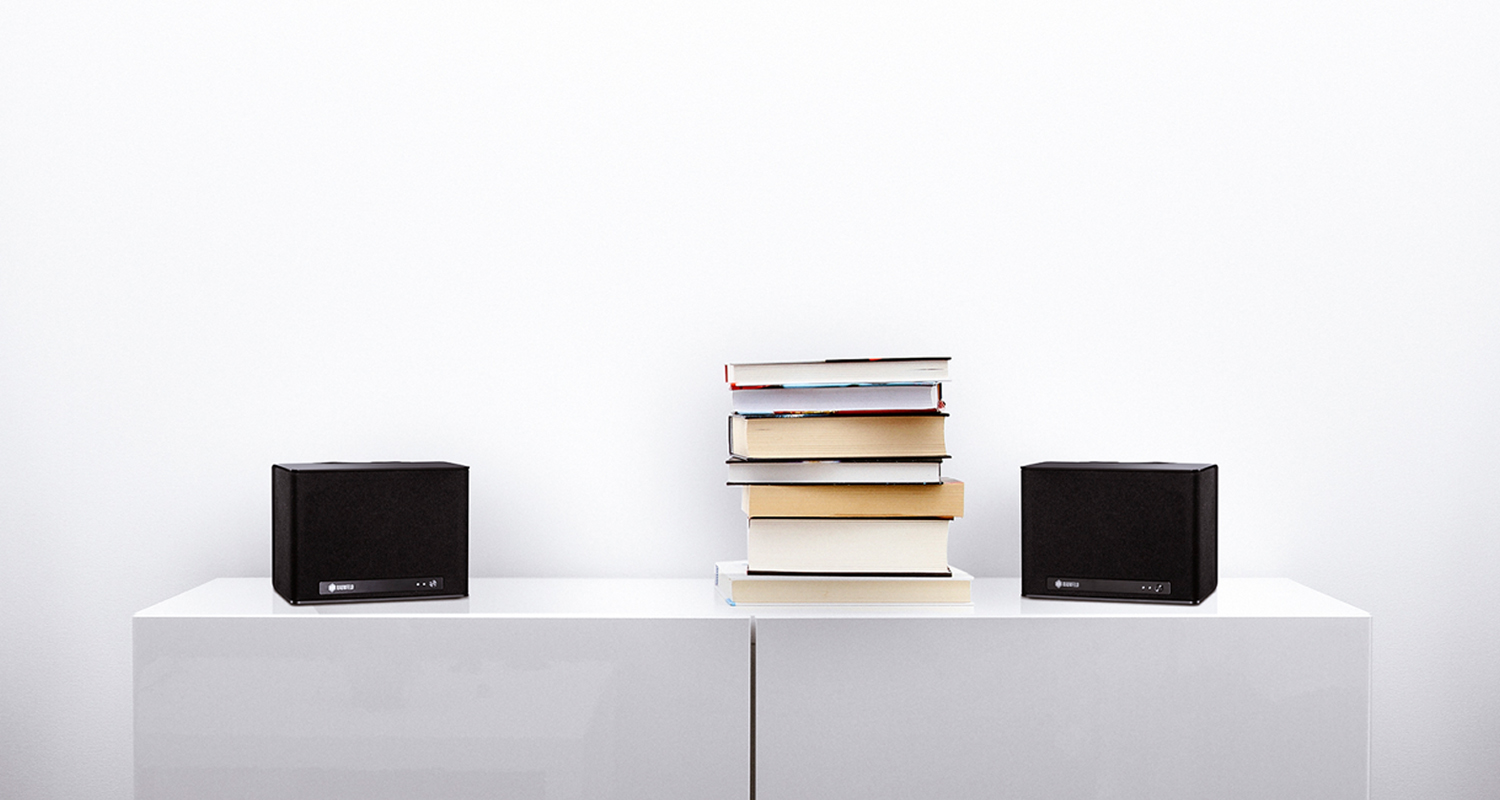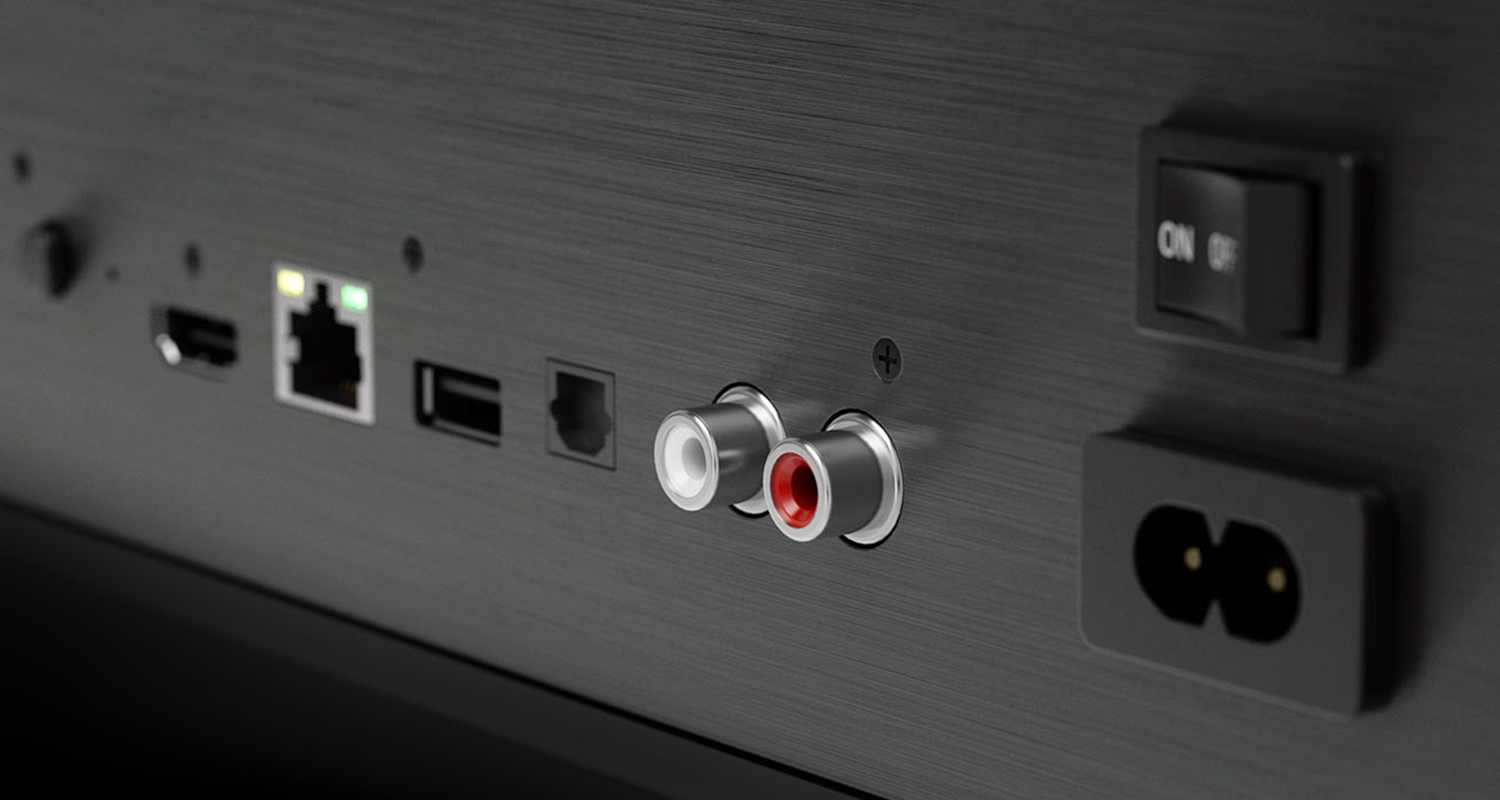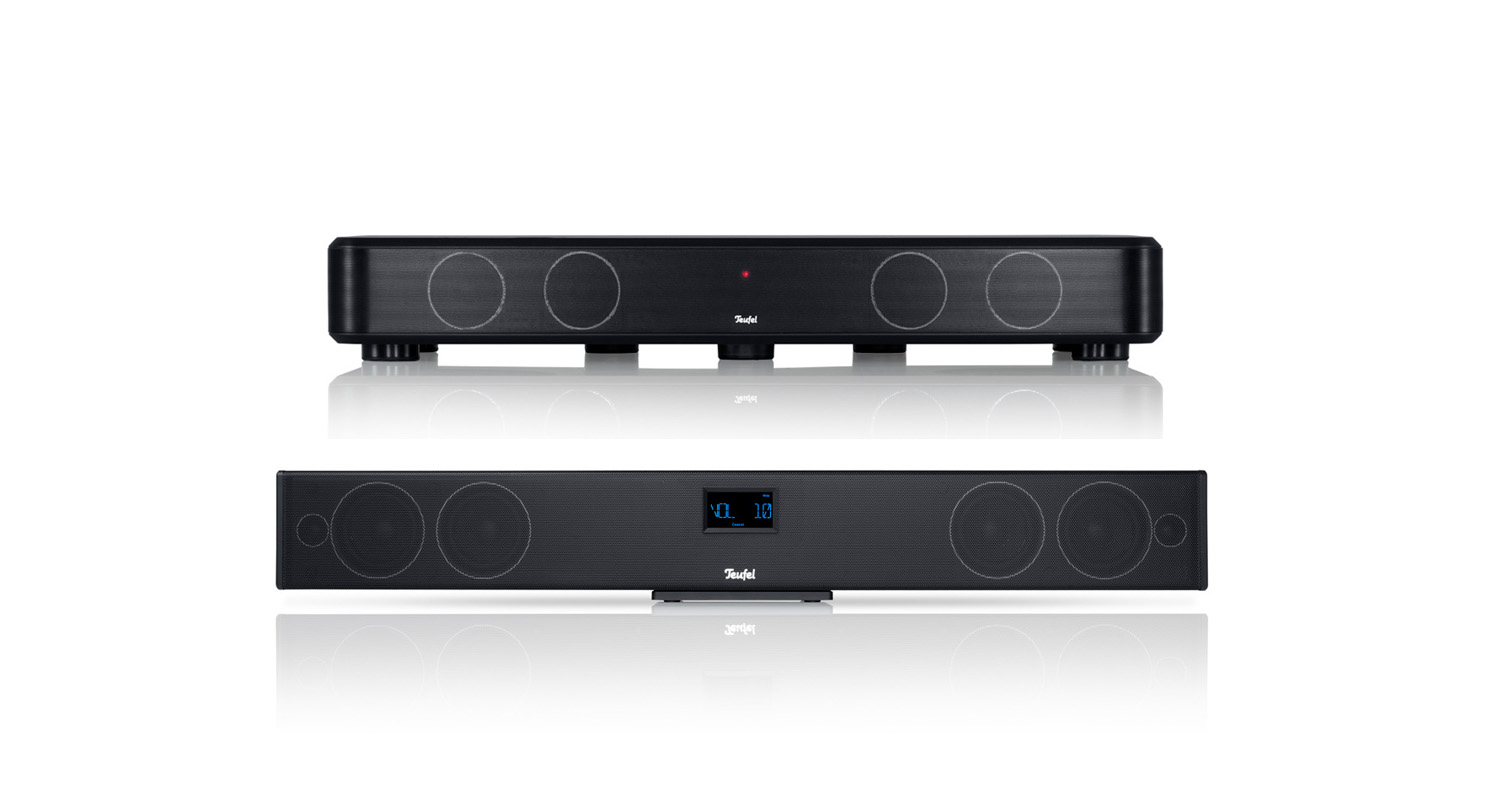High resolution streaming
For audiophiles interested in audio streaming, it’s important to be able to stream the best quality music. While most streaming services provide perfectly serviceable MP3 files with bitrates from 96 to 320 kbps, the files they stream are compressed, some services like TIDAL and Qobuz offer lossless FLAC streams. But this is not the only way lossless music streams can be enjoyed. Those with large private music collections can stream them through the home with certain Wi-Fi streamng systems such as Raumfeld by making them available on the local network. But what’s the big deal about lossless streaming and is it really worth it? Read on to find out!
Compressed music files vs. lossless audio
Compressed music files, also known as “lossy” files, are smaller than the original digital music recordings. The advantage to a smaller size is that it becomes possible to fit more files in a storage device. This was especially important back in the early days of MP3 players when storage space was limited. It also allows files to be downloaded and streamed more quickly. Special algorithms are used to remove the parts of the recording that are considered unnecessary. The parts that have been removed are the frequencies most people are considered not likely to hear Opens in new tabor notice such as those that fall ouside of the human range of hearing which extends from about 20 to 20,0000 Hz.
In practice, however, many people find that they do notice the absence of these frequencies, describing a lack of depth and warmth that results from a missing lower range as well as a dullness in the higher end. Cymbals aren’t crisp, and the melody doesn’t sound as lively.
Lossless files, on the other hand, are exact reproductions of the original. This doesn’t mean that the file isn’t compressed when transferred, just that it’s decompressed to its original size afterward. Today’s high-end streaming devices can support lossless files with a 16-bit resolution for CD quality playback. The best can even support 24-bit for a sound experience that is superior to CD quality. This is where streaming really starts to get interesting for audiophiles.
FLAC and ALAC for lossless music streaming
FLAC, short for Free Lossless Audio Codec, and ALAC, short for Apple Lossless Audio Codec, are the two most popular lossless audio formats. FLAC compresses files by up to 60% for faster and easier downloading and streaming. The files are then decompressed back into the original form without diminished quality, a process that follows many of the same principles as Zip filesOpens in new tab, only that FLAC is specially designed for audio for superior results.
Teufel streams lossless files for hi-fi playback
Teufel streaming speakers support a wide range of audio files including lossless formats. This makes it possible to provide the highest quality audio signal for playback from each system’s high-end audio components. The result is a sound experience that rivals the best wired stereo system for detail, stereo image and naturalness.





One response to “Lossless music streaming”
Hi,
Scholastic blog! It just love to listen music. Keep it up :)